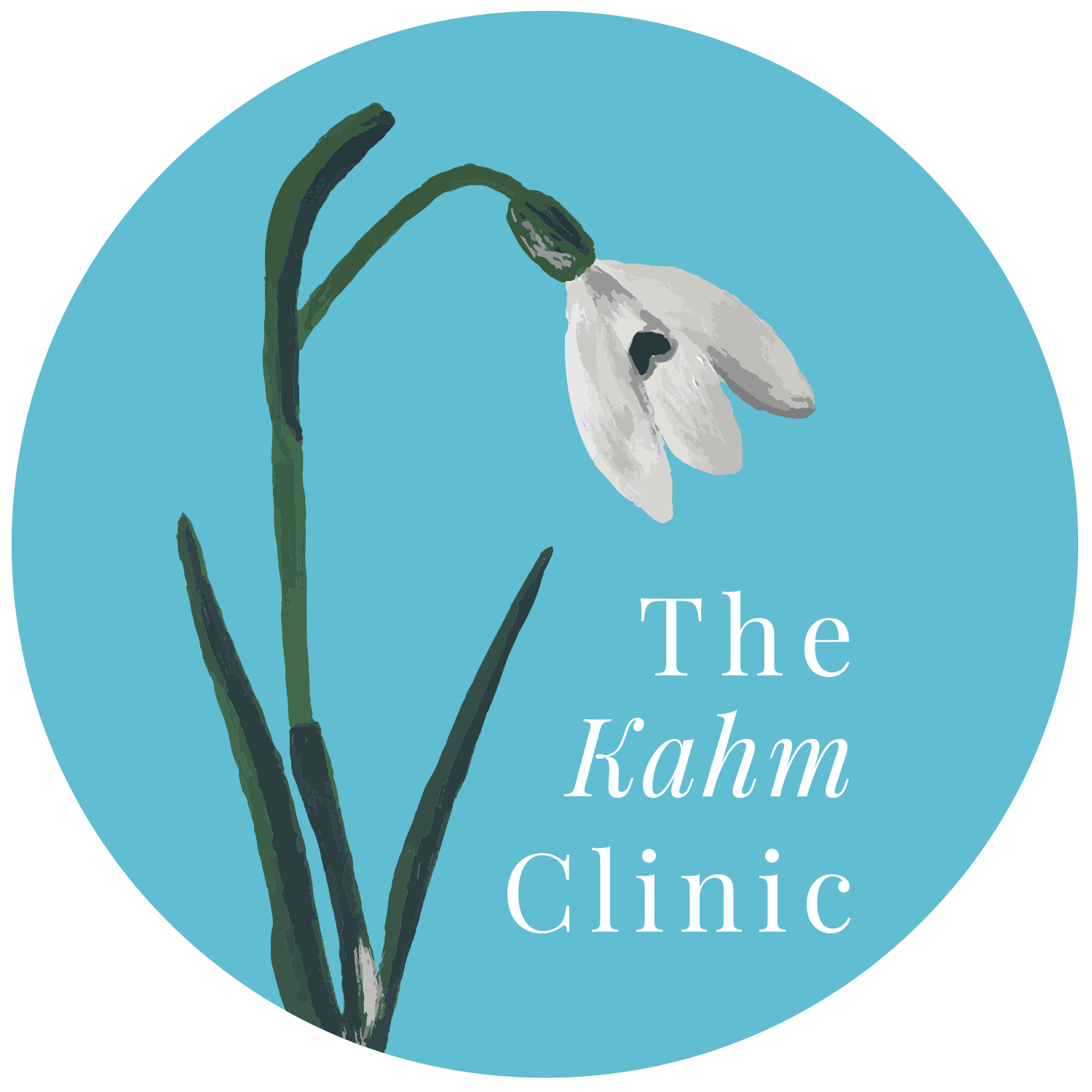Understanding Orthorexia
We previously shared a blog post that looked at the possible warning signs of healthy eating turning disordered. Now, let’s continue that conversation by taking a closer look at orthorexia.
To start, what is orthorexia?
Orthorexia is an obsession with healthy eating. It’s important to note that this disorder is not currently listed in the DSM-5, the official manual used for diagnosing an eating disorder. However, the term was coined in 1998, and it has been recognized as a type of disordered eating since then. In fact, many eating disorder treatment facilities now treat patients with orthorexia.
It’s no surprise that orthorexia is becoming more and more prominent as our society continues to push healthy eating. “The tricky thing about orthorexia is that it can go under the radar. It can be seen as, ‘Oh, this person eats really healthy,’” explains nutritionist Elaina Efird, RDN, CD, CEDRD, CSSD in a YouTube video. “But it’s the obsession behind it [that leads to the problem].”
Now, let’s take a closer look at some of the signs and symptoms of orthorexia.
As you review the list below, remember that many of these behaviors often go unnoticed or may even be considered healthy.
1. Compulsively checking ingredients or reading nutrition facts
Of course, this action can be totally normal. “It’s one thing to read an ingredient list [of a new-to-you product] and make an informed decision. It’s another thing when you’re obsessing over every single food label,” clarifies Elaina.
She often challenges her clients to ask themselves: If I was starving and in a bind with only one food option that I didn’t love, would I eat that food? “Frankly, the answer to that question should be yes,” she says. “It’s when that answer is no that it becomes a problem and there’s an obsession there.” In other words, the fear of that food overcomes your ability to listen to your body’s biological needs in a particular moment.
2. Inability to eat anything but narrow groups of foods that are “healthy” or “pure”
Elaina disapproves of the term clean eating for this very reason. By eliminating foods that you don’t deem as healthy enough, your circle of acceptable foods becomes smaller and smaller. As an example, she shares, “I’ve worked with some individuals with orthorexia who won’t eat fruit because there’s sugar in fruit. That’s part of a normal balanced lifestyle though.”
3. Unusual obsession with what others are eating
Here, an individual may question the food choices of others, asking what they’re eating and why. In other words, their obsession with healthy eating spreads beyond their own space and into that of those around them.
4. Thinking about food too much
Someone may spend all day obsessing over food and planning their next snack or meal. They may also follow a lot of food bloggers or fitness influencers on social media and obsessively scroll through their feeds for food inspiration. As a result, their circle of food becomes smaller and smaller, as mentioned above.
If you’re concerned that you or a loved one is struggling with orthorexia, reach out for professional help.
The continual push from our society to “eat clean” or “count your macros” is contributing to the increase in orthorexia patients as people struggle to balance their desire for healthy eating with leniency. “It’s okay if there are times where you don’t eat exactly what you planned or if you eat food that’s processed because it’s the only thing available,” Elaina reminds us. “There’s always room for variability.”
Subscribe to our YouTube channel for more video content.
To talk to a professional about eating disorder treatment, please reach out to our staff or schedule an appointment at The Kahm Clinic today.

